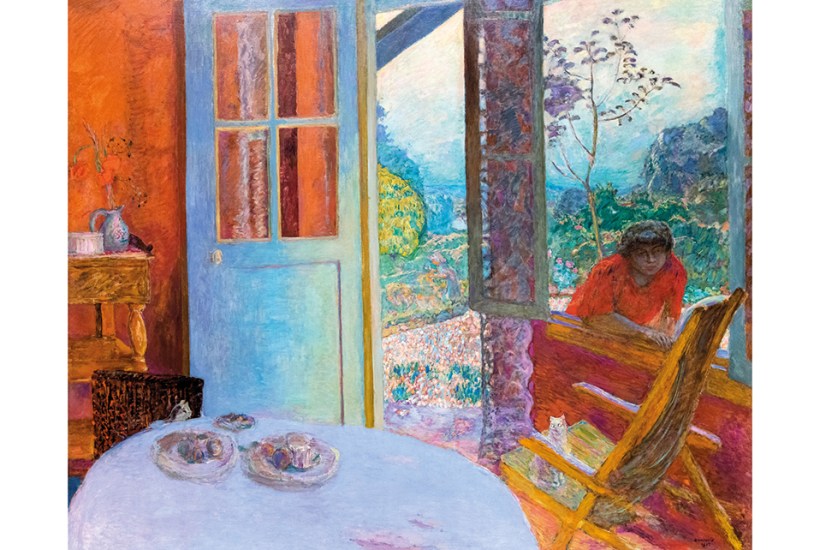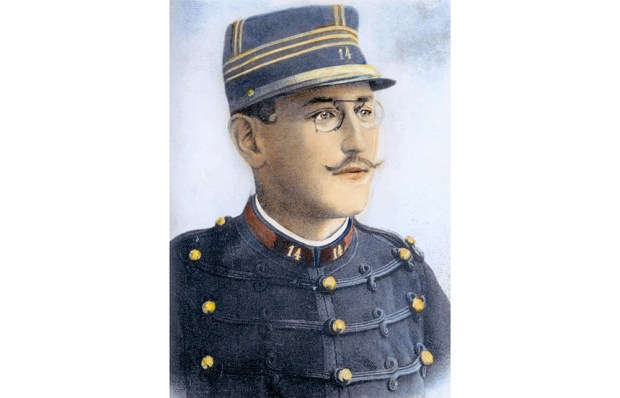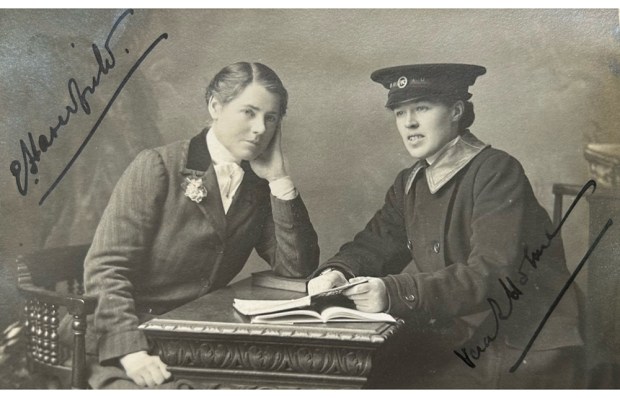Michael Peppiatt (born 1941) explains in the introduction to his new book of essays that he has from the start of his career been attracted to the lives of artists, as much as, if not more than, their work. Accordingly, he should find a ready audience with the British, who much prefer the written word to the visual image, and who always seem to spend more time on information panels than exhibits in museums, when not in a side gallery watching documentaries about the artists’ lives. In this book Peppiatt assembles a selection of biographical studies of some of the artists whose work quickens his heart. None of it is new material, but it is usefully gathered in one volume, with a very readable introduction and notes to each section.
The essays are beautifully written, suavely informative and thoughtfully inflected. In fact, Peppiatt’s early style is sometimes a little self-conscious and lapidary, as if he had almost too much time to polish and re-think. As he writes about Balthus: ‘The last asperities of personal quirkiness are smoothed away.’ Is it fair, when faced with such good writing, to wish for something a bit grittier?
Some of the pieces included here are very slight and their titles promise more than they give, such as ‘Picasso’s Trousers’, which could have done with more upholstering, and ‘The Darker Side of Pierre Bonnard’, which hardly does more than suggest its theme. But there is much to cherish and enjoy. Among the best are ‘Joan Miró: A Painter Among Poets’, expatiating on Miró’s belief that illustration should be ‘parallel invention’, not mere ornamentation; a fascinating account of an artist’s model and confidante, Alice Bellony-Rewald – though reading it, you’d have no idea that Peppiatt and she were once passionate lovers; the double portrait of Aristide Maillol and his patron Count Harry Kessler; an interview with Jacques Dupin, poet and art critic; and a provocative piece on R.B. Kitaj. Of course Francis Bacon and Alberto Giacometti remain Peppiatt’s lodestars and feature here often.
If Peppiatt argues for the big picture, for completeness rather than detail, Richard Cork (born 1947), in the compressed and piquant interviews which comprise Encounters with Artists, uses details to evoke the artists’ world, and to summon up their essence. Cork’s first meeting with a real artist was a chance encounter as a teenager with Picasso in Cannes: they ended up drawing each other. This helps to explain Cork’s phenomenal success as an art critic and cultural commentator over more than half a century. He clearly has the ability not merely to charm, but to understand his subjects, and to establish a bond of trust, however fleeting, with them. From Henry Moore to Sonia Boyce, he questions, analyses and explicates. The book is composed of 40 interviews, many of them quite short, like the one in 1990 with Jasper Johns. This engaging piece begins and ends with the artist’s explosive laughter, and manages to pack in a considerable amount of information clearly told along the way. Cork is the ultimate professional: this is indeed the highest journalism.
Even familiar, much-profiled artists are illuminated. Cork likens Francis Bacon’s famously austere mews flat to ‘a student’s digs’, or ‘the room of a man in transit’. The American James Turrell, who works with light and space, talks of his plans for an extinct volcano in Arizona, with ‘an assurance bordering on serenity’. Cork quotes him insisting: ‘I want to make space there which will perform the music of the spheres in light.’ He selects this from Gilbert & George: ‘We always say that the idea of art has to be sexual and religious. It must have a moral dimension.’ And here’s a provocative remark from the Belgian Luc Tuymans: ‘I’m aware that the British are used to one-liners in art, obvious and clear things like your tabloid press.’ That’s telling us.
Cork’s book will be popular with the art world. He is the perfect interlocutor: sympathetic, informed, urbane and determined to see the best in any subject he chooses to elucidate. As Cornelia Parker writes in the foreword: ‘Artists like reading conversations with other artists rather than pieces of conjecture written by onlookers.’ (So much for art critics.) But, if anything, Cork is too safe a pair of hands. The choice of artists here is predictable. I’d like him occasionally to interview the less expected, to give them the star treatment he’s so good at giving the stars. By contrast, Peppiatt is less politically correct in his judgments and opinions, and seems to deal with art in a broader, more international context. I can’t help feeling that Cork is the voice of the art establishment, and Peppiatt is the unruly outsider. We probably need both.
Got something to add? Join the discussion and comment below.
Get 10 issues for just $10
Subscribe to The Spectator Australia today for the next 10 magazine issues, plus full online access, for just $10.
You might disagree with half of it, but you’ll enjoy reading all of it. Try your first month for free, then just $2 a week for the remainder of your first year.














Comments
Don't miss out
Join the conversation with other Spectator Australia readers. Subscribe to leave a comment.
SUBSCRIBEAlready a subscriber? Log in